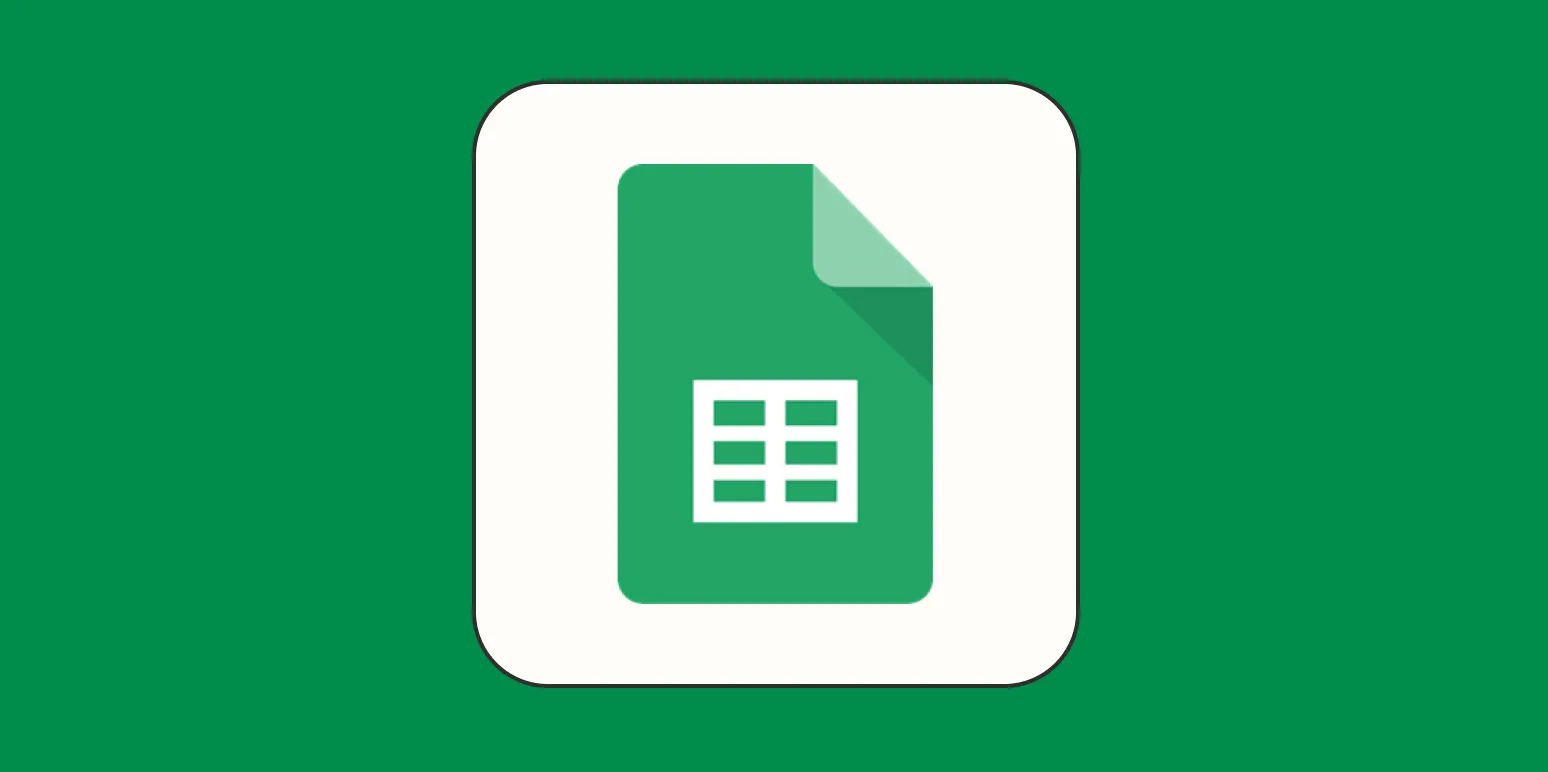When working with Google Sheets, managing the layout of your data is essential for clarity and presentation. One common challenge users face is how to wrap text in Google Sheets effectively. This feature allows you to display long text strings within the confines of a cell without spilling over into adjacent cells, ensuring that your data remains organized and visually appealing. Below, we’ll explore the step-by-step process of wrapping text, along with additional tips and tricks to enhance your experience in Google Sheets.
Step-by-Step Guide to Wrap Text in Google Sheets
Wrapping text in Google Sheets is a straightforward process. Follow these simple steps:
- Select the cell or range of cells where you want to apply text wrapping.
- Navigate to the toolbar at the top of the screen.
- Click on the "Format" menu.
- Hover over the "Text wrapping" option.
- From the dropdown, select "Wrap."
Once you’ve completed these steps, any text longer than the cell width will automatically wrap to the next line, making it easier to read.
Using Keyboard Shortcuts for Quick Access
If you prefer using keyboard shortcuts, Google Sheets offers a quick way to enable text wrapping. Simply select the desired cell(s) and press Alt + Shift + W (Windows) or Option + Command + W (Mac). This shortcut can save you considerable time, especially when working with large datasets.
Adjusting Row Height After Wrapping Text
After wrapping text in your cells, you may notice that the row height doesn’t automatically adjust to fit the content. To ensure your data is fully visible, you might want to adjust the row height manually:
- Hover your cursor over the line separating the row numbers on the left side of the screen until it changes to a double arrow.
- Click and drag to increase the row height, or double-click to auto-adjust the row height based on the wrapped text.
By adjusting the row height, you can enhance the organization of your data, making it easier for others to read and understand.
Formatting Options for Enhanced Readability
In addition to wrapping text, consider utilizing other formatting options to improve the presentation of your data:
- Bold Text: Highlight important information by making it bold. You can do this by selecting the text and clicking the bold icon (B) in the toolbar or using the keyboard shortcut Ctrl + B (Windows) or Command + B (Mac).
- Cell Background Color: Use different background colors to differentiate between sections of your data. Select the cell(s) and click on the fill color icon in the toolbar.
- Text Color: Change the text color to draw attention to key figures or notes in your spreadsheet. Highlight the text and click on the text color icon in the toolbar.
Creating Tables for Better Data Organization
When dealing with larger datasets, organizing your information into tables can greatly enhance readability. To create a table in Google Sheets:
- Enter your data into a range of cells.
- Select the range you want to include in your table.
- Click on the "Insert" menu and select "Table." This will format your selection as a table with alternating row colors for better visibility.
Once your table is created, you can apply text wrapping within the table cells for even better organization. This is especially useful for datasets where cell content can vary significantly in length.
Utilizing Charts for Visual Data Representation
In addition to wrapping text and organizing data, visual representation can enhance your data analysis. Google Sheets allows you to create charts that can complement your text-wrapped data. Here’s how:
- Select the range of data you want to visualize.
- Click on the "Insert" menu and select "Chart."
- Choose the type of chart that best represents your data (e.g., bar chart, line chart, pie chart).
- Adjust the chart settings in the Chart Editor to customize the appearance and functionality of your chart.
Charts can provide valuable insights at a glance, making them an excellent addition to your Google Sheets documents, especially when combined with well-organized, wrapped text.
Conclusion
Wrapping text in Google Sheets is an essential skill that contributes to the overall effectiveness of your spreadsheets. By following the steps outlined above, you can ensure your data is not only organized but also visually appealing. Remember to experiment with various formatting options and utilize tables and charts to further enhance your presentation. Mastering these techniques will undoubtedly improve your productivity and make your data more accessible to others.





